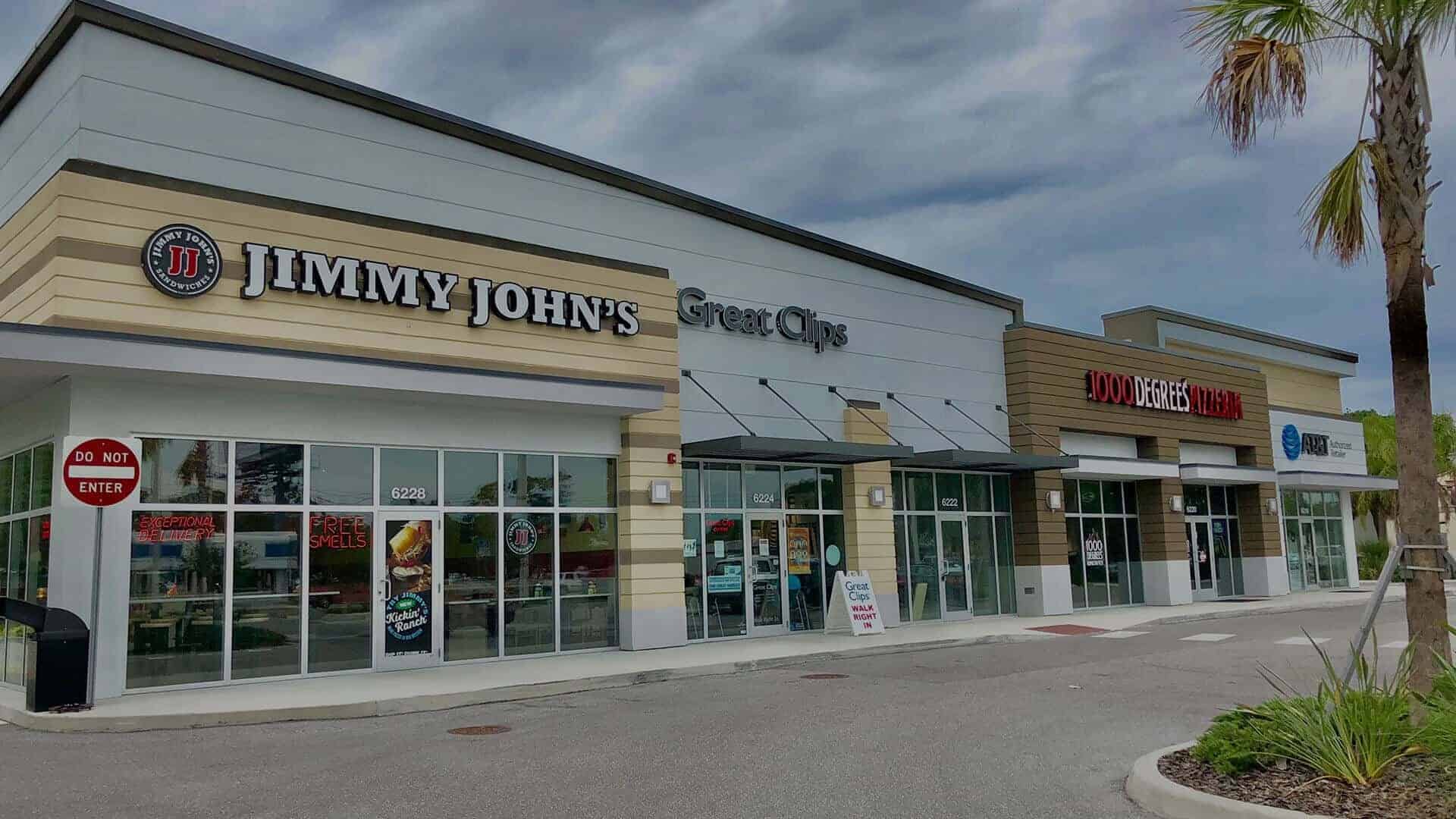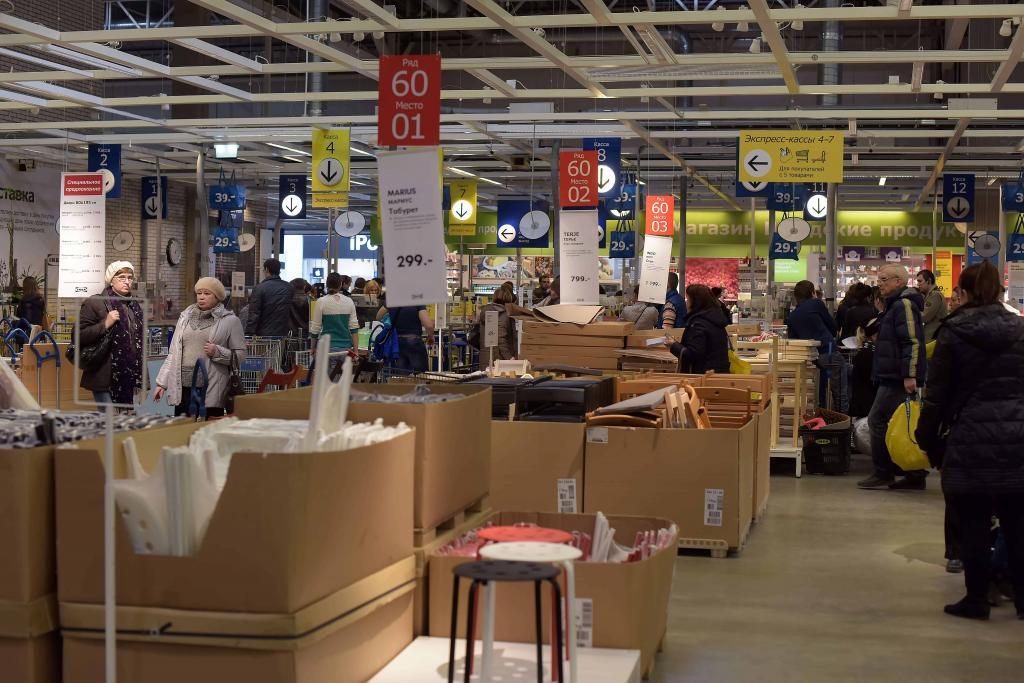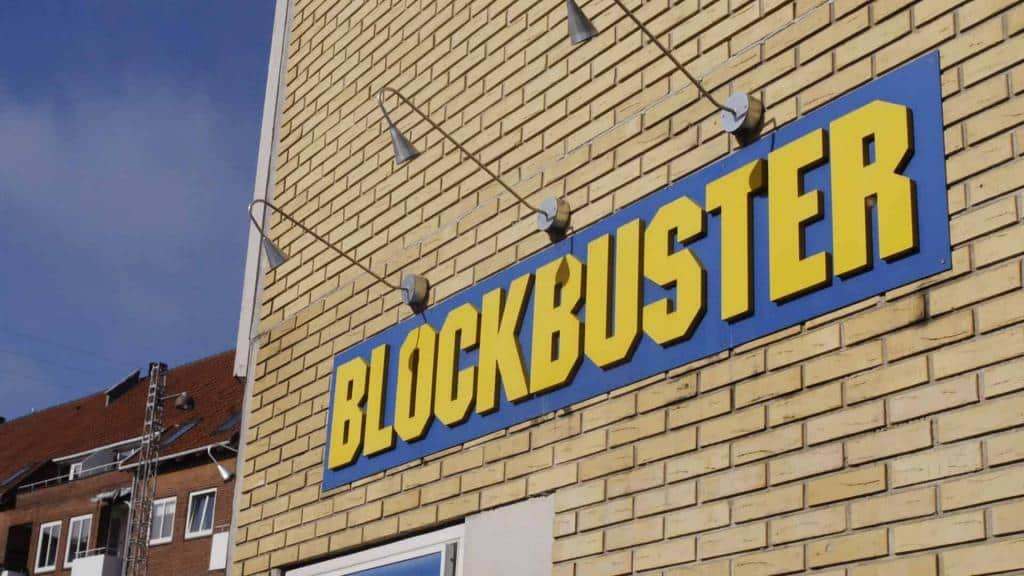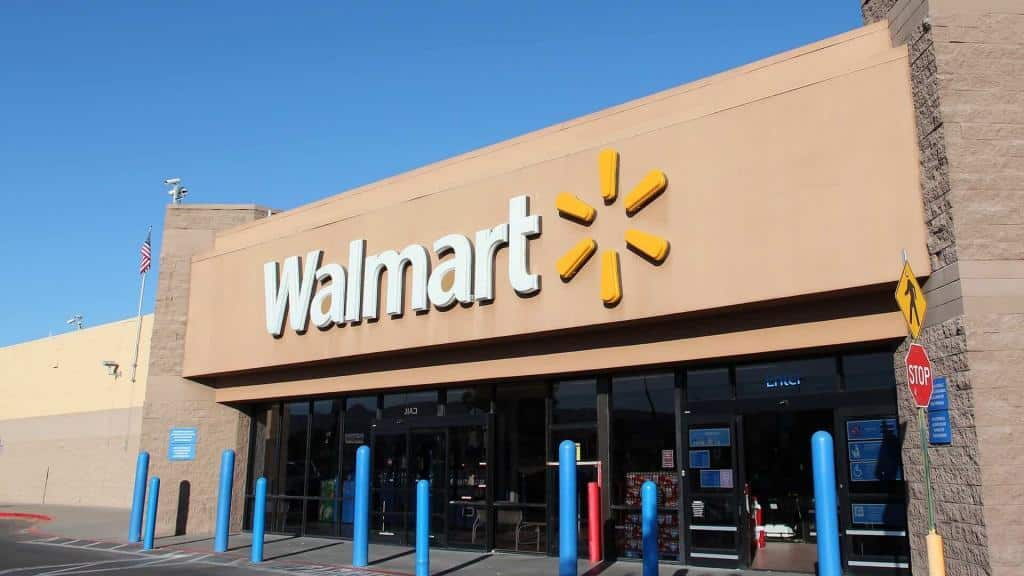Do you know what the future of malls looks like? This is an ever-changing and evolving question but one that is posed quite regularly. As traditionally formatted malls are re-purposed or re-positioned, developers are having a fun time creating a new picture with a blank canvas. “New is the new, new”! This was a phase quoted by Spencer Levy, America’s head of research for CBRE. University Mall in Tampa near the University of South Florida is a prime example of a developer acquiring an asset and painting on a blank canvas. RD Management, a NY firm, acquired the mall asset 4 years ago and is ready to take the next step in the project planning process after Sears has announced its store closing by November of this year. At this point in the process, the developer is in the midst of working up plans for the “perfect formula”. As mall developers look to create a city within a city, do not expect the new blueprint to consist purely of big box retail, connected enclosed retail space and a food court. Today malls are undergoing significant changes in the type of uses they are incorporating into these developments such as co-working spaces, food halls, medical, dog parks, apartments, office, innovation centers and campus incubators amongst traditional and experience retail.
Traditional retail malls and community shopping centers are a property type that is going through a transition of Adaptive Reuse. This is a very common theme within the commercial real estate landscape which offers owners and developers many advantages to adapt and reuse existing structures rather than defaulting to tearing down the structures altogether. A lot of the times, these shopping centers are solid structures with really good bones and it makes sense from an economical perspective. In 2017, the government passed a development program called “Opportunity Zones” which encourages long term investment in low income urban and rural communities nationwide. It provides tax incentives for investors to re-invest their unrealized capital gains into funds dedicated to investment in Opportunity Zones. It is a program designed to spur investment by offering preferential tax treatment that allows investors to defer tax on prior gains until they are sold or exchanged. In June, Florida census tracts were added to the list of economically distressed communities which includes 32 in Hillsborough County, 16 in Pinellas, 17 in Pasco, 19 in Polk, 5 in Sarasota and 6 in Manatee County. The most in the state is Miami-Dade County with 67 different census tracts in opportunity zones.








About The Author: Jeff Dervech
More posts by Jeff Dervech